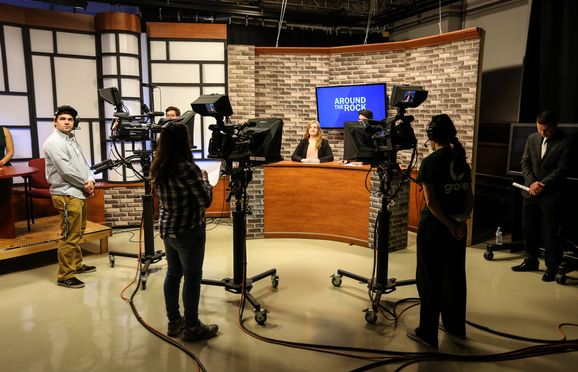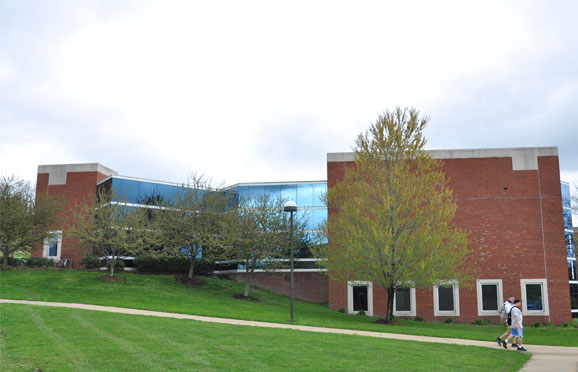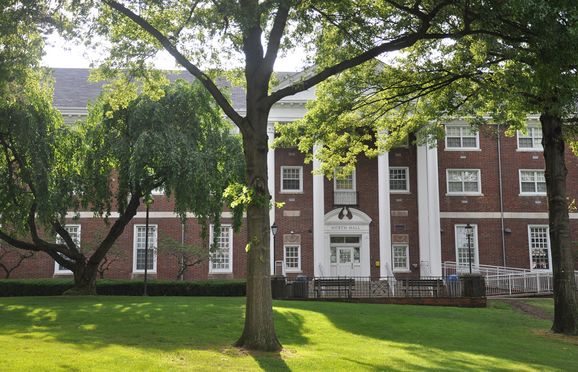## Forget textbooks, these future astronauts are launching learning into overdrive! Forget chalkboards and reams of paper – learning about the cosmos is about to get a whole lot more hands-on. A group of enthusiastic Slippery Rock University students are blasting off on a mission to inspire the next generation of space explorers. They’re trading their own textbooks for a chance to ignite a passion for science in a group of eager middle schoolers, revealing the wonders of space science in a way that’s both fun and unforgettable. From black holes to rocket launches, get ready to explore the universe through the eyes of these inspiring young educators.
Course Overview and Objectives

At Slippery Rock University, a unique course is bridging the gap between higher education and middle school learning. SEFE 519 – Teaching History and Social Studies in Middle and High Schools is a graduate-level course that equips students with the necessary skills and knowledge to teach space science and social studies in middle and high school classrooms.
This comprehensive course covers a wide range of topics, including teaching strategies, content, and practical applications. Students learn how to design engaging lesson plans, incorporate research-based strategies, and address common challenges and misconceptions in space science education. The course also emphasizes the importance of increasing student motivation and achievement in social studies education.
By the end of the course, students are well-prepared to teach space science and social studies in middle and high school classrooms, with a strong focus on practical application and real-world examples. This expertise is essential for shaping the next generation of educators in space science and beyond.

SRU’s College of Education: A Hub for Teacher Preparation
The College of Education at Slippery Rock University is a renowned institution for teacher preparation, offering a range of undergraduate and graduate programs in education. With a strong focus on practical application and real-world examples, the College of Education is shaping the next generation of educators in space science and beyond.
The McKay Education Building, opened in 1929, is the home of the College of Education and houses classrooms, a child care center, children’s library, and dance studio. This state-of-the-art facility provides students with a comprehensive learning environment, equipped with the latest technology and resources.
In addition to its academic programs, the College of Education also offers a range of community outreach initiatives, including the Space Science Outreach Program. This program provides opportunities for SRU students to engage with local middle schoolers, teaching them about space science and promoting STEM education.
Practical Applications and Implications
Making Space Science Accessible and Engaging
Teaching space science in middle school classrooms can be a challenging task, but with the right strategies and approaches, it can be made accessible and engaging for students. SRU students learn how to design interactive lesson plans, incorporating hands-on activities, multimedia resources, and real-world examples to make space science education more engaging and effective.
By overcoming common challenges and misconceptions in space science education, teachers can create a more inclusive and supportive learning environment. This includes addressing language barriers, cultural differences, and individual learning needs, ensuring that all students have the opportunity to succeed in space science education.
The Impact of SRU’s Space Science Outreach Program
The Space Science Outreach Program at SRU has a significant impact on the local community, providing opportunities for middle schoolers to engage with space science education. By evaluating the program’s effectiveness and reach, SRU can identify areas for improvement and expansion, ensuring that the program continues to make a positive impact on STEM education in the region.
The potential for expansion and replication in other educational settings is vast, with the program serving as a model for other institutions and organizations. By sharing best practices and expertise, SRU can contribute to the development of a more comprehensive and effective approach to space science education.
Conclusion
A Celestial Exchange: Students Educate Middle Schoolers about Space Science at Slippery Rock University
In a remarkable display of intergenerational learning, students at Slippery Rock University have been mentoring local middle schoolers to explore the wonders of space science through hands-on activities and educational workshops. Led by esteemed faculty members, these students have taken to the skies, literally, to introduce the next generation to the awe-inspiring world of astronomy. This extraordinary exchange has not only sparked curiosity and interest in space exploration but also highlights the transformative power of mentorship in bridging the gap between generations.
At Slippery Rock University, students have been engaging middle schoolers in interactive sessions, covering topics such as planetary formation, black holes, and the search for extraterrestrial life. These sessions have fostered a deeper understanding of the universe, its mysteries, and the incredible achievements of space scientists. Moreover, the students’ enthusiasm and passion have not only sparked the curiosity of their young counterparts but also demonstrated the potential of intergenerational learning as a powerful tool for social cohesion and community building. As this phenomenon continues to unfold, it serves as a testament to the enduring impact of education and mentorship on individuals and society.
As we reflect on the significance and implications of this initiative, it becomes clear that the future of space science and exploration hinges on the next generation’s involvement. As we gaze up at the stars, we are reminded that the pursuit of knowledge and understanding is a shared human endeavor. By engaging with the next generation, we are not only investing in their educational and personal growth but also reaffirming our collective responsibility to advance the frontiers of human knowledge. As we look to the stars, we are inspired to take the next step in our pursuit of understanding – and in doing so, we are reminded that the sky is truly the limit.
